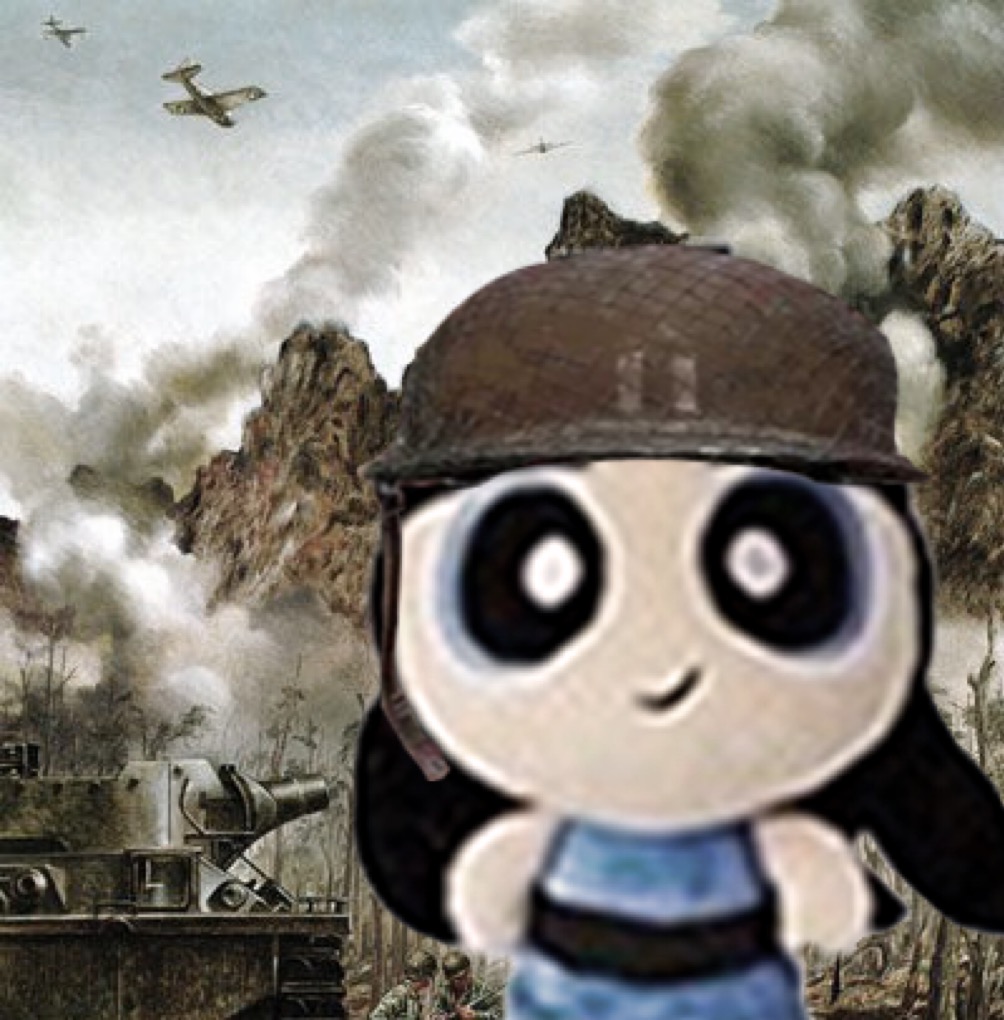Ballroom dance
Cards (17)
- Ballroom dancesPartner dances, enjoyed socially, and competitively worldwide. Originated in the western world.
- Categories of ballroom danceInternational latin and international standard
- History of ballroom danceThe word ballroom denotes a room we are balls are held which is a type of form of social dance. They are important events in the days before radio, television, and Internet.
- Balle - Latin from ‘ballare’ Meaning To DANCE
- The figures in the standard ballroom dances has now been standardize and categorized into various levels for teaching in competition with internationally agreed vocabularies, techniques, rythm, and tempos.
- Standard dancesdanced socially and in dance sport competition
- modern waltz
- Tango
- Viennese waltz
- Slow foxtrot
- quickstep
- Latin-American dances
- samba
- Rumba
- Cha cha
- Jive (north america)
- Paso doble (europe)
- Modern waltzA very slow and elegant dance. The main technique is rise and fall throughout
- TangoA very dramatic dance with lots of sharp movements that is danced with bent knees the entire time
- Viennese waltzThe first ballroom dance performed in the closed hold or “waltz position”
- Slow foxtrotA smooth dance in which dancers make long flowing movement across the floor
- Quick stepAll about the movie energetically across the floor with hops, skips and flicks
- SambaA Latin American dance that is famous as a dance and musical genre that originated from the coast of Africa and of Brazil
- RumbaThe slowest dance in the international Latin style, and its sensual character is meant to emphasize hip and body actions
- Cha chaVybrant, flamboyant and playful dance
- JiveThe quickest dance in the style and has lots of kicks
- Paso dobleOne of the liveliest ballroom dances, originating in southern France. It is modeled after the sound, drama and movement of the Spanish bullfight
